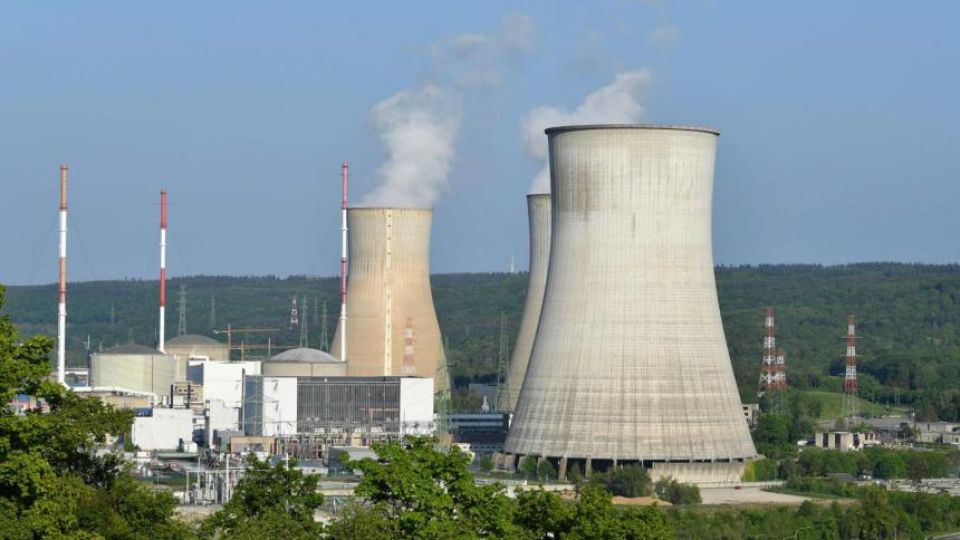May 19, 2022
SINGAPORE – There could be more investments in nuclear energy worldwide in response to the current global energy crisis, similar to what occurred after oil prices spiked in the 1970s, said International Energy Agency (IEA) chief energy economist Tim Gould on Wednesday (May 18).
Following the global energy crunch prolonged by the ongoing Russian-Ukraine crisis, nations have been restructuring their energy supply, especially those dependent on Russian gas and oil.
Said Mr Gould: “It’s possible that you may, in some countries, see nuclear energy as part of the response to today’s crisis.”
Belgium, for instance, reversed a decision to phase out nuclear energy by 2025 and extended the life of two reactors for another decade after the Russian invasion of Ukraine.
While nuclear energy has not been accepted everywhere, its ability to generate electricity without carbon emissions is already an important contribution to global energy security, accounting for about 10 per cent of electricity generation worldwide, Mr Gould said.
Mr Gould was speaking to The Straits Times after the global launch of the Singapore International Energy Week, an annual energy conference which is in its 15th edition.
The safe use of nuclear power will be very important to hitting net-zero carbon emissions, he said, adding that the IEA believes nuclear technology has a role in achieving global climate goals.
IEA was set up in 1974 by the Organisation for Economic Cooperation and Development to help coordinate a collective response to major disruptions in oil supply.
In March this year, a report commissioned by the Energy Market Authority highlighted nuclear energy as a potential energy source for Singapore’s power sector to feasibly cut its carbon footprint by 2050.
In a future where the world is fragmented and technology advancement is delayed but eventually pays off, nuclear power could account for about 10 per cent of the national energy supply, according to the report released by the Energy 2050 Committee.
Other emerging energy sources such as green hydrogen and geothermal were also identified as potential low-carbon alternatives to help the Republic decarbonise its power sector.
Commercial viability for low-carbon hydrogen to be scaled up is likely to occur from the 2030s, said Mr Gould.
Green hydrogen, which is produced by splitting water into hydrogen and oxygen by using renewable electricity, has been touted as a cleaner fuel as it emits no carbon dioxide during the production process.
But producing and transporting low-carbon hydrogen globally has proven costly for mass adoption so far.
There are pilot initiatives under way for shipments from Australia to Japan, and from the Middle East to Japan, he said, noting that the European Union’s ambitions in hydrogen could also accelerate innovation over the next few years.
International trade of green hydrogen, however, will require physical infrastructure and contractual models that have yet to be set up, he added.
Said Mr Gould: “The decade of the 2020s is extremely important for innovation of green hydrogen, to bring the costs down and to find out what works best.”
“You are likely to see the commercial hydrogen trade already this decade, but the volumes are unlikely to be huge.”
Separately, Dr Binu Parthan, head of regions at the International Renewable Energy Agency who attended the global launch, observed that even if geothermal sources cannot be tapped for power generation in Singapore, there could be other applications.
He said: “If there is not enough viable potential for the geothermal electricity generation, there will still be opportunities for geothermal heating irrespective of where you are in the world.”

